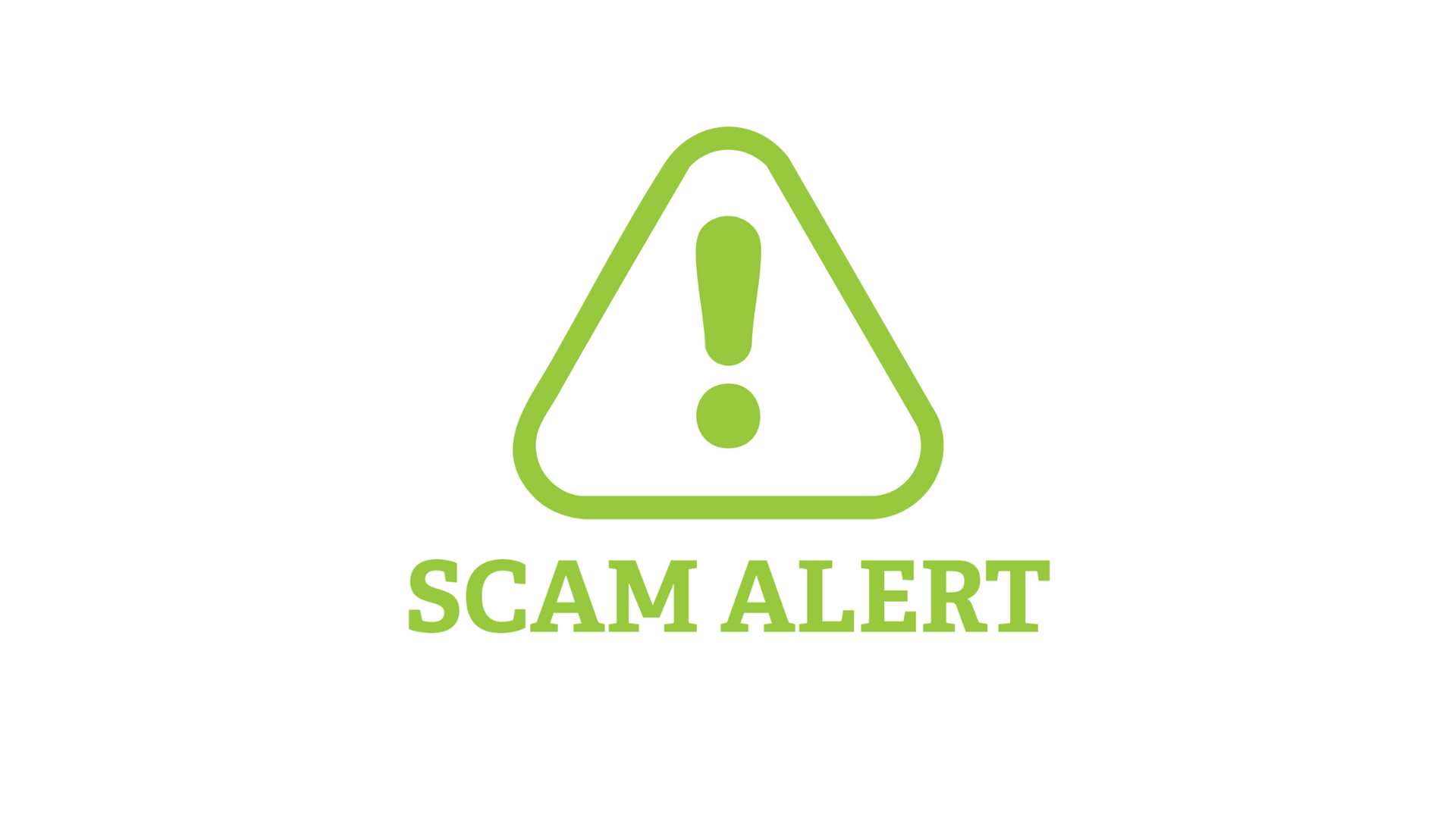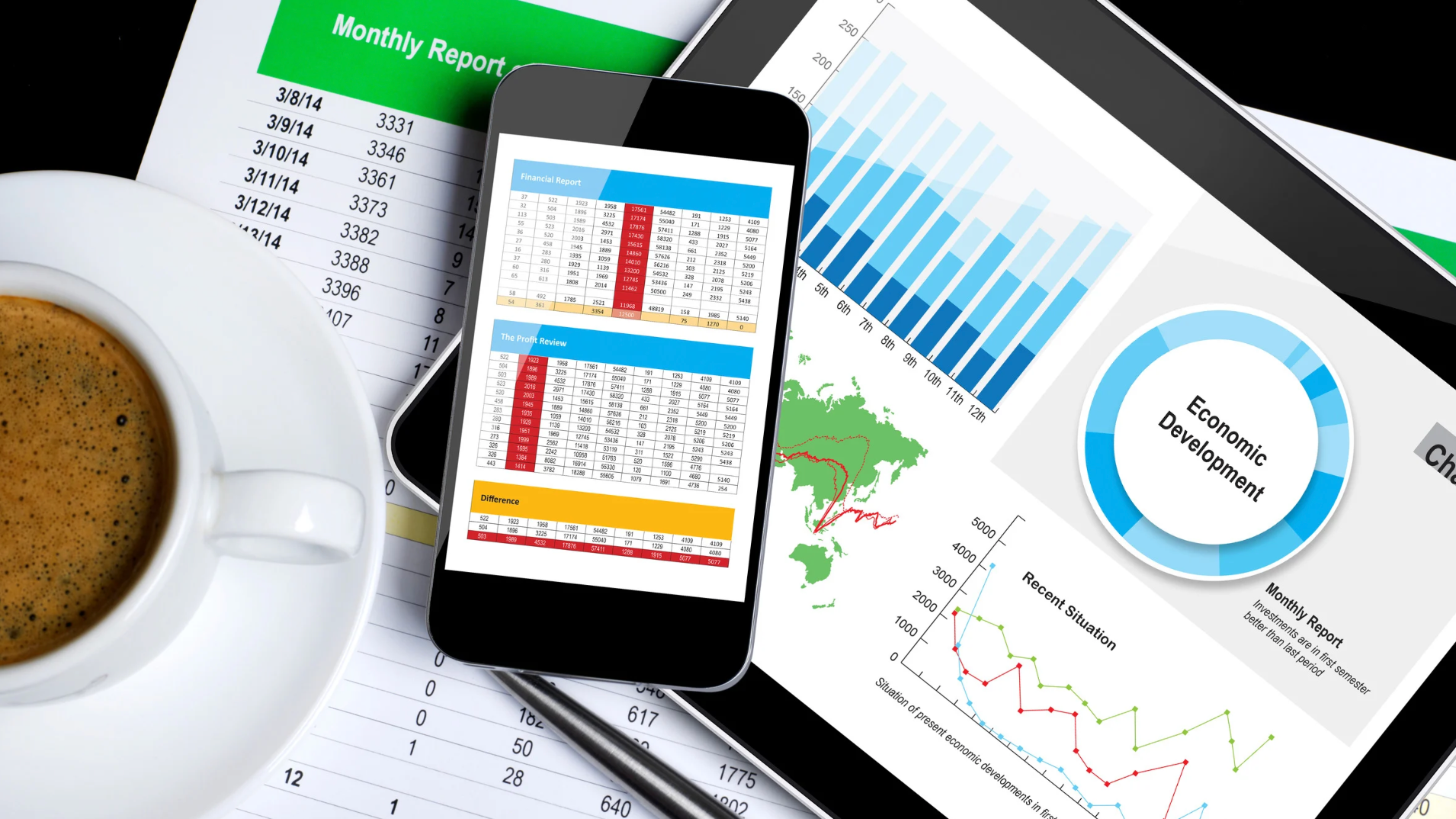Cash flow is the lifeblood of any trades business. Whether you're an electrician, plumber, builder, or any other type of Tradie, maintaining a steady cash flow is crucial for keeping your business running smoothly. Here’s how to ensure your financial health through smart budgeting, forecasting, and management of receivables and payables.
1. Budgeting: Plan for Success on the Bottom Line
Budgeting is the foundation of financial management. A well-structured budget helps you anticipate expenses, allocate resources, and set financial targets. Most importantly, it provides a valuable insight into the key drivers for your business success. Here’s how to create an effective budget for your trade business:
- Track your expenses: Start by listing all your fixed costs (e.g., rent, insurance, salaries) and variable costs (e.g., materials, subcontractors). Understanding where your money goes helps you identify areas where you can cut costs.
- Include seasonal variations: Many trade businesses experience seasonal fluctuations. Factor in these variations to ensure you’re prepared for slower periods. For example, budget for higher expenses during peak seasons and set aside funds for quieter times.
- Set realistic goals: Based on past performance and market conditions, set achievable revenue and profit targets. This will help you stay focused and motivated throughout the year.
2. Forecasting: Looking Ahead at Cash In & Out
The budgeting process generally provides an “accrual” result because it includes non-cash items such as depreciation, and recognises income and expenses as they are incurred rather than when they are physically received or paid.
In contrast, forecasting is cash-focused planning that allows you to anticipate future cash needs and avoid surprises. It’s a critical tool for ensuring your business remains sustainable in the long term.
- Sales forecasting: Estimate your future sales based on historical data, market trends, and any upcoming projects. This will help you plan for staffing, materials, and other expenses.
- Cash flow forecasting: Create a cash flow forecast to predict when money will come in and go out of your business. This helps you identify potential cash shortfalls and take action before they become a problem.
- Scenario planning: Consider different scenarios (e.g., a key client delays payment, a project is cancelled) and plan how you would manage your cash flow in each case. This helps you stay prepared for unexpected challenges.
3. Managing Receivables: Get Paid on Time
Managing receivables effectively is crucial to maintaining a healthy cash flow. Late payments can cause significant disruptions, so it’s important to have a solid strategy in place.
- Set clear payment terms: Make sure your clients understand your payment terms from the outset. Clearly state your payment deadlines, any late fees, and the consequences of non-payment in your contracts.
- Invoice promptly: Send invoices as soon as work is completed. The sooner you invoice, the sooner you can expect payment. Consider using invoicing software to streamline the process and set up automated reminders for overdue payments.
- Follow up: Don’t hesitate to follow up on late payments. A polite but firm reminder can often prompt clients to pay sooner. If late payments become a pattern with certain clients, consider adjusting their payment terms or requiring upfront deposits.
4. Managing Payables: Stay on Top of Bills
Just as you need to get paid on time, it’s important to manage your own payments effectively. Late payments to suppliers or subcontractors can damage your relationships and lead to penalties.
- Prioritise payments: Create a list of your regular payables and prioritise them by due date and importance. Paying essential suppliers and services first ensures your business can continue operating without interruption.
- Negotiate payment terms: If you’re experiencing cash flow issues, consider negotiating longer payment terms with your suppliers. Many are willing to accommodate loyal clients, especially if you communicate openly about your situation.
- Monitor your cash flow: Regularly review your cash flow to ensure you have enough funds to cover upcoming payments. If you anticipate a shortfall, take action early by delaying non-essential expenses or seeking short-term financing.
5. Use Technology to Your Advantage
Modern technology can make managing your cash flow much easier. Consider using accounting software that offers features like cash flow tracking, invoicing, and expense management. These tools can save you time, reduce errors, and give you a clear picture of your financial health at any given moment.
6. Seek Professional Advice
If managing cash flow feels overwhelming, don’t hesitate to seek professional advice. A qualified accountant or financial advisor can help you create a solid financial plan, identify potential issues, and suggest strategies for improvement.
Conclusion
Keeping the cash flowing in your trade business is all about planning, discipline, and proactive management. By budgeting carefully, forecasting accurately, and managing your receivables and payables effectively, you can ensure your business stays financially healthy, even in challenging times. Take control of your cash flow today and set your business up for long-term success.













